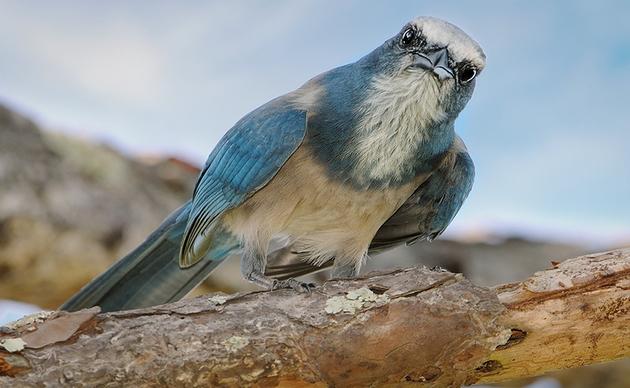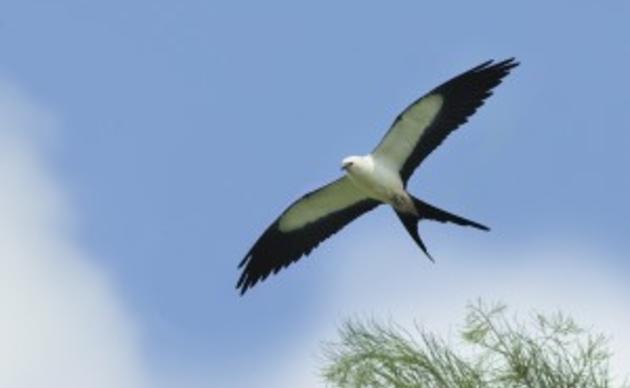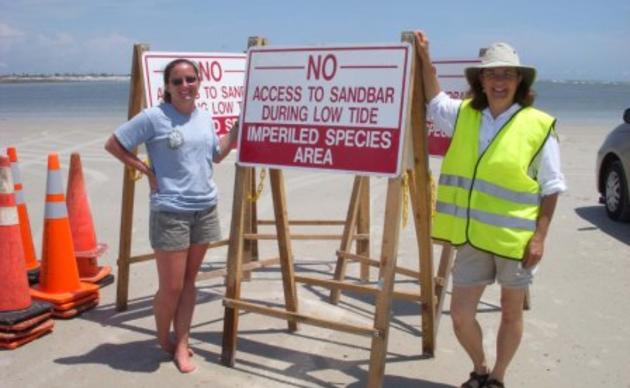Revered as formidable hunters, Peregrine Falcons are the fastest bird alive, reaching speeds of more than 200 mph. Look up to see a flash of gray flying acrobatically between city buildings, as these falcons have adapted well to urban environments. Peregrines even successfully nest and raise young on rooftop skyscrapers and window ledges in cities like New York.
After raising their chicks in the summer, they migrate south, finding preferred hunting habitat along Florida coastlines. Mudflats, which host migrating and wintering shorebirds, are teeming with potential prey for Peregrine Falcons.
During Audubon Florida's fall and winter population surveys of shorebirds and seabirds we often see flushes of birds from an unseen, nearby raptor. Shorebirds often sense raptor presence long before we do, resulting in a flying response when an avian predator comes close. Peregrine Falcons evoke mixed feelings for biologists like me. While their remarkable hunting skills and abilities are truly awe-inspiring, they also prey on the shorebirds I am counting. At the same time, they stand as one of the greatest conservation success stories in the United States. If it weren’t for the hard work and dedication of previous conservationists, it’s likely we wouldn’t have the privilege of seeing them in Florida chasing migrant shorebirds.
Unfortunately, Peregrine Falcon populations are experiencing a decline not seen since the DDT era, and many experts believe avian flu is playing a major role in the decline (read more here). If you get the chance to see a Peregrine Falcon, take a moment to cherish it and reflect on how special it is to see one thanks to the many conservationists who worked to bring this incredible species back from extinction.





